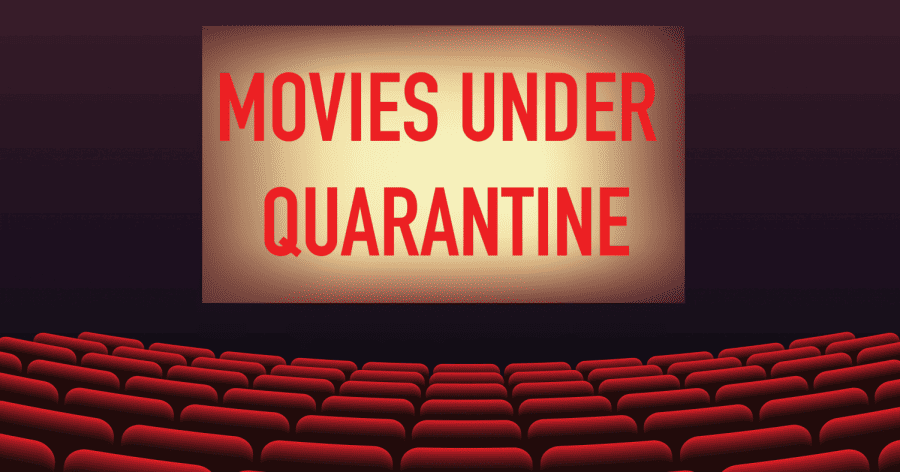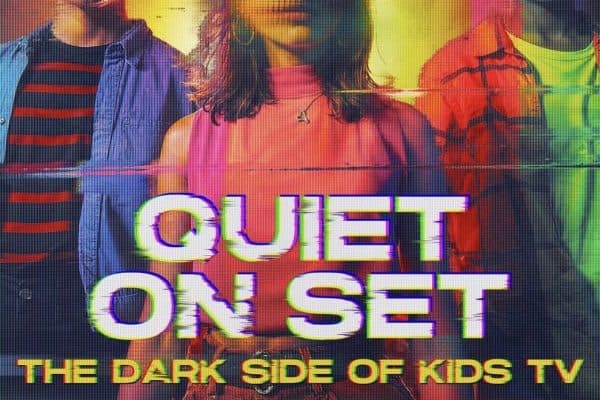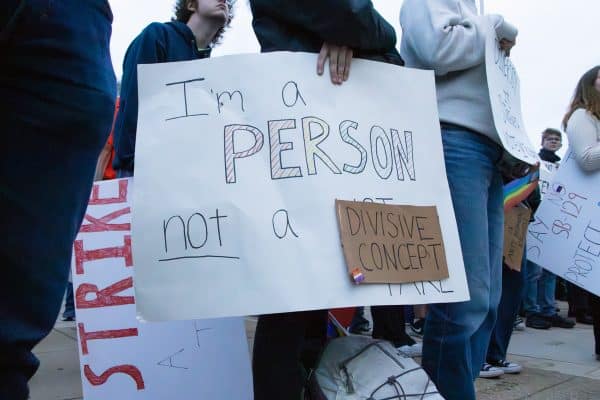Review | In the mood for a truly disorienting rom-com? Try ‘Buffalo ’66’
It’s bleak. It’s dysfunctional. And it’s strangely empathetic. This Vincent Gallo film is the perfect pandemic flick.
More stories from Avery Brooks
Vincent Gallo has had one of the more bizarre career paths of any feature film director in recent American history. Starting his career as an actor, supposedly appearing in Martin Scorsese’s “Goodfellas” (though I’ve never been able to spot him), he went down many diverging paths before he became a film director. He spent time as a photographer, musician, Calvin Klein model and B-Boy before eventually directing two feature films. His career ended with the late Roger Ebert’s savaging of his second, and to date final, feature film “The Brown Bunny” (2003). Since then he has mostly disappeared from the public eye, occasionally acting for directors as eclectic as Claire Denis and Francis Ford Coppola.
Gallo’s first feature was 1998’s “Buffalo ‘66,” one of the most disorienting romantic comedies ever made, but also one of the most rewarding. The plot follows Gallo himself, as he plays Billy Brown, a man who has just finished a five-year prison sentence after getting tied up with mobsters for a bad Super Bowl bet. After his release into his hometown of Buffalo, New York, Billy has two primary objectives: one, to kill Scott Woods, whose bad field goal kicking cost him five years of his life; and two, to impress his deeply weird parents (Ben Gazzara and Anjelica Huston) by pretending he has a wife that adores him. In order to do the second, he kidnaps a girl named Layla (played perfectly by Christina Ricci) from a tap dancing academy and forces her to pretend to be in love with him. I will not spoil what happens over the course of the time they spend together, but it might almost be inconsequential. “Buffalo ‘66” is alien to even the most devoted rom-com fan, or any fan of American indie cinema. Though Buffalo is a cold, ugly and mean world, it is also one where bowling alleys can transform into dance halls, where strip clubs hold destiny and where love is always possible.
Initial reflection on the film might lead one to compare it to the films of David Lynch, or John Cassavettes. These comparisons are not unearned, but they don’t completely convey the unique tone achieved by Gallo and his actors. More human than Lynch, but more alien than Cassavettes, Gallo’s Buffalo will be familiar to anyone who has spent too much time in their hometown. The places here are all familiar – the neighborhoods, the bowling alleys, the motels – but Gallo shoots them like no other director. The film is frankly beautiful to look at. Its warm colors and low contrast create the sense of cold winter nights more than they do nostalgia. The way he chooses to shoot dialogue scenes with an almost mathematical precision does nothing to put us at ease.
Gallo is as skillful in front of the camera as he is behind it, giving a great, albeit deeply weird, screen performance. His Billy Brown is distant, irritable and deeply annoying on first watch. For some, the cruelty with which he treats Ricci’s character will be off-putting, and this is completely fair. The character is painted as misogynistic and deeply mean. For some, the emotional catharsis of the end of the movie will not be earned, but those willing to go on the journey might find themselves rewarded with a romantic experience.
Though Buffalo is a cold, ugly and mean world, it is also one where bowling alleys can transform into dance halls, where strip clubs hold destiny and where love is always possible. In its own way, Buffalo ‘66 is one of the most empathetic movies I have ever seen.











